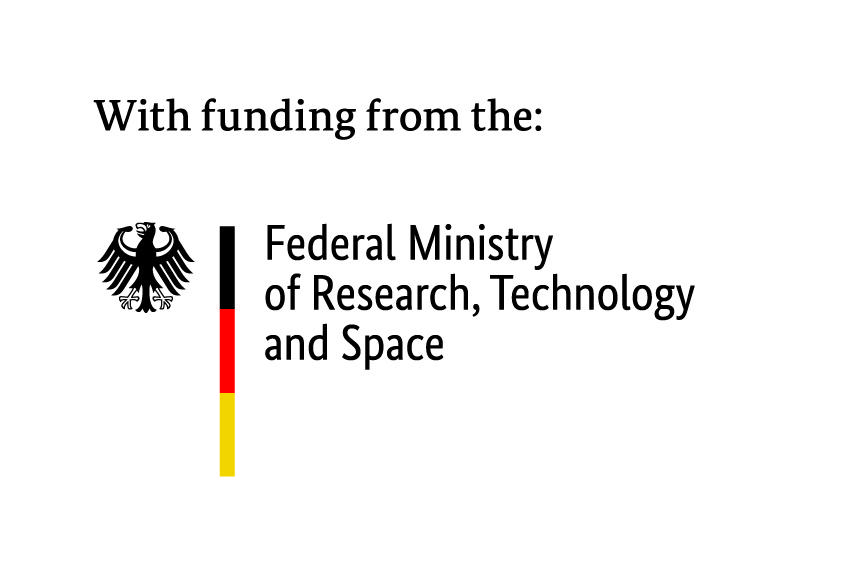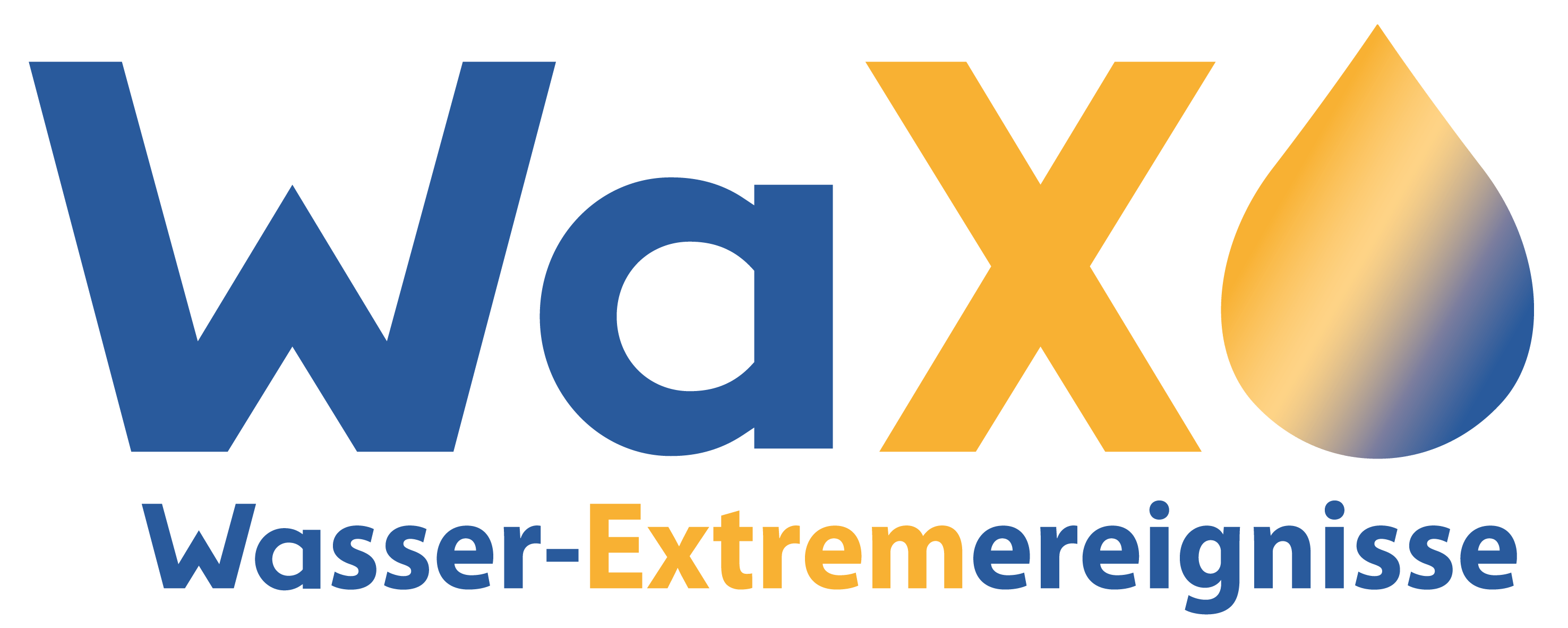AVOSS – Impact-based prediction of heavy rain events and flash floods at different scales: prospects, uncertainties and limitations
Brief description
AVOSS is a joint research initiative involving partners from research, private engineering companies as well as practitioners and decision makers from the public sector. The research in AVOSS focuses on the stringent combination of heavy rainfall events, resulting flash flood hazards and subsequent damages at different spatial scales. In particular, the improvement of early warning systems and their local implementation are in the focus of the project. To ensure this, AVOSS involves practitioners in all parts of the project.
AVOSS is organized in several closely linked sub-projects, each with a different thematic and spatial focus. Within each of the sub-projects, various prototype forecast products will be developed and evaluated by the associated practitioners.
Objectives
The aim of AVOSS is the prototypical development and field testing of various forecast products related to heavy rain, flash flood events and subsequent damages. These are:
- Development of a decision-oriented forecast of heavy rainfall events based on radar precipitation forecasts (will be available for the whole of Germany).
- Development of a hydrological flash flood index (SFI) for small catchments and subsequent derivation of a flash flood warning by combining radar forecasts and SFI (for selected federal states)
- Development and field testing of an AI-based approach to obtain a quasi-real time forecasts of flooded areas in residential areas (for selected pilot municipalities)
- Development and field testing of risk maps for damage prediction during heavy rain and flash flood events (for selected pilot municipalities)
Working packages (WP)
Calculation of design rainfall by combining radar and station data and subsequent implementation of the design rainfall in a user-oriented heavy rainfall index (SRI). From this a user-oriented prediction of heavy rain events will be established by using the SRI to categorize rainfall forecasts based on radar data. WP A will be conducted for the whole of Germany.
Hydrological modelling will be used to determine a hydrological flash flood index (SFI) for design events for small catchments. Based on this, the translation of an SRI forecast into a SFI-forecast becomes possible, by explicitly considering the current hydrological conditions (e.g. pre-event soil moisture conditions) in the assessment of the flooding potential and not only precipitation. By combining the SFI with radar forecast a catchment specific flash flood warning can be issued. The regional focus of WP B will be small catchments in selected federal states.
Development and field testing of a procedure to derive scenarios of heavy rain hazard maps using high-resolution hydraulic models. Based on these scenarios, continuous high-resolution quasi-real time forecasts of flash-flood events will be established using machine learning approaches (neural networks), radar forecasts and soil moisture data. Linked to the forecasts will be a quantitative uncertainty estimate including the various sources of uncertainty.
WP C will focus on selected, heavily affected pilot municipalities, only.
Within WP D we will build a probabilistic damage model for flash flood events. Subsequently we will develop risk maps for heavy rain and flash flood events as a user-oriented tool for the risk communication. Hence, AVOSS will not only provide forecast regarding flooded areas but also test methods to issue related damage predictions.
WP D will focus on selected, heavily affected pilot municipalities, only.
In addition to project coordination and communication, WP K will focus in particular on the continuous involvement of the associated practice partners for the co-design and field testing of the various forecast products developed within AVOSS.

Coordinator:
Prof. Dr. Markus Weiler
Universität Freiburg
Associated Partners:
Project period:
01.04.2022 – 31.03.2025


